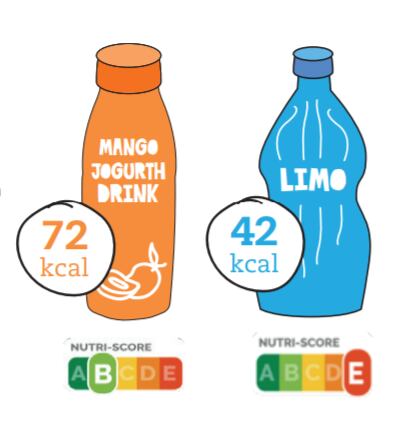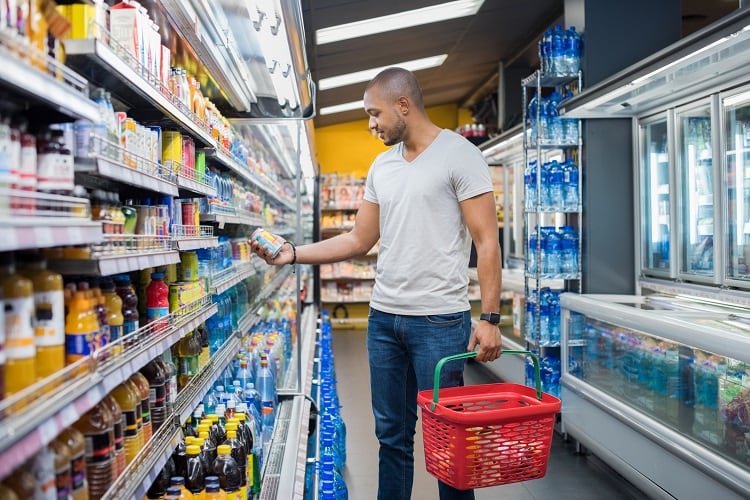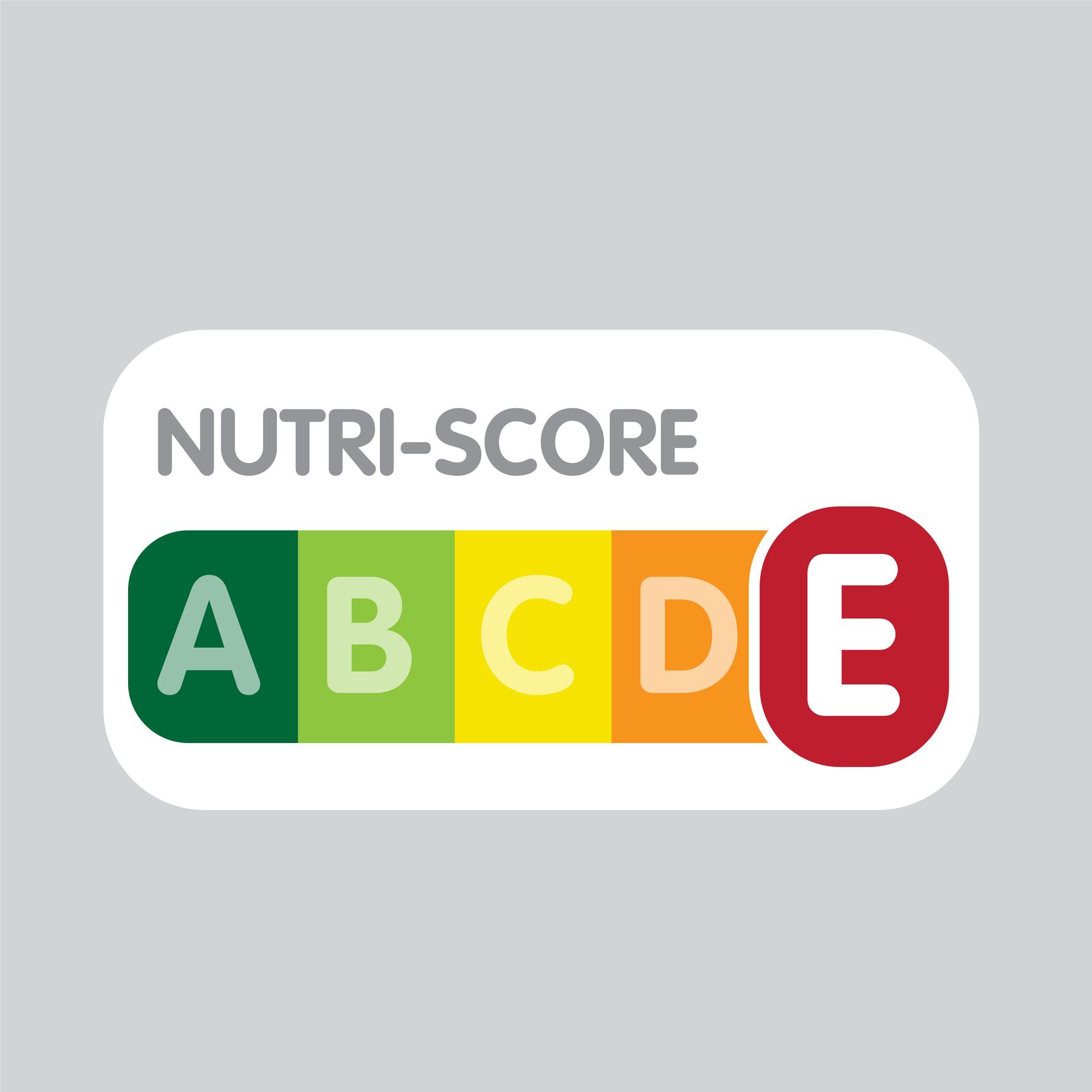Instead, the German Sugar Industry Association (WVZ) is campaigning for a calorie logo, which it says would be more effective in tackling obesity.
The NutriScore food label is based on an algorithm that takes both positive and negative attributes of a food’s nutritional composition into account. Total content of sugars, saturated fatty acids, salt and calories have a negative influence on the final score, whereas the presence of fruits, vegetables, fibre or protein have a positive impact.
On pack, the label includes a colour coded scheme, ranging from dark green to dark orange, associated with letters from A to E. Products designated with an ‘A’ have the ‘best nutritional quality’ whereas those designed with an ‘E’ have ‘poorer nutritional quality’.
The label system has been adopted by a number of countries, including France, Belgium and Switzerland, and by companies such as multinational food giant Nestlé. In addition, a ‘Pro-NutriScore’ citizens’ committee – which counts representatives from consumer groups Que Choisir and Test Aankoop, from France and the Netherlands respectively among its members – is calling for the label to be adopted across the bloc.
However, for WVZ the label causes ‘confusion’ for the consumer, arguing that relying on the NutriScore system does not lead to eating a balanced diet.
In a paper published earlier this year (available here in German), the industry body cited instances where a meal comprising of French fries, schnitzel and a diet soft drink received a green-coloured, ‘B’ score.
In another instance, a yoghurt drink containing more calories than soda also received a ‘B’ according to the NutriScore system.
An overall rating system is not the solution to the obesity epidemic, the group argued, regardless of the algorithm – whether traffic light or otherwise. “Food cannot be divided into good and evil,” WVZ noted.
Such systems also give shoppers the impression that if a food is labelled ‘green’, they can eat as much of that product as they like, the industry group continued.
A call for calorie clarity
Rather, WVZ is campaigning for a bright logo to feature front-of-pack displaying the total calorie content per 100g or 100ml.

That way, consumers can easily compare different products based on a fixed measurement. This system also allows for individuals’ unique characteristics and different nutritional needs, WVZ continued, be it physique, gender or lifestyle.
The industry group acknowledged that calorie information is available to consumers in nutrition tables, however it argued that putting this figure front-of-pack would make it easier to understand.
Obesity is a major challenge, CEO of WVZ, Günter Tissen, said earlier this week. “Instead of traffic light colours and NutriScore [labels] on our food, we need a caloric prominence front-of-pack. This is [simple], comparable, and comprehensible for every consumer.
“In addition, the [overall] strengthening of calorie awareness would [help] in the fight against obesity.”
NutriScore under fire
This is not the first time NutriScore has attracted criticism in Germany.
After companies including Danone, Bofrost, Mestemacher and McCain voluntarily introduced NutriScore in Germany, the Hamburg Regional Court issued a preliminary injunction against the German arm of frozen food maker Iglo, preventing the brand from introducing NutriScore labelling on its products.
The complaint was instigated by Munich-based trade association Schutzverband gegen Unwesen in der Wirtschaft, which aims to promote compliance with competition law.
At the time, CEO of Iglo Germany Antje Schuberts said that firm was backing the label in response to consumer demand for a “transparent, independent and easy-to-understand” labelling system.





